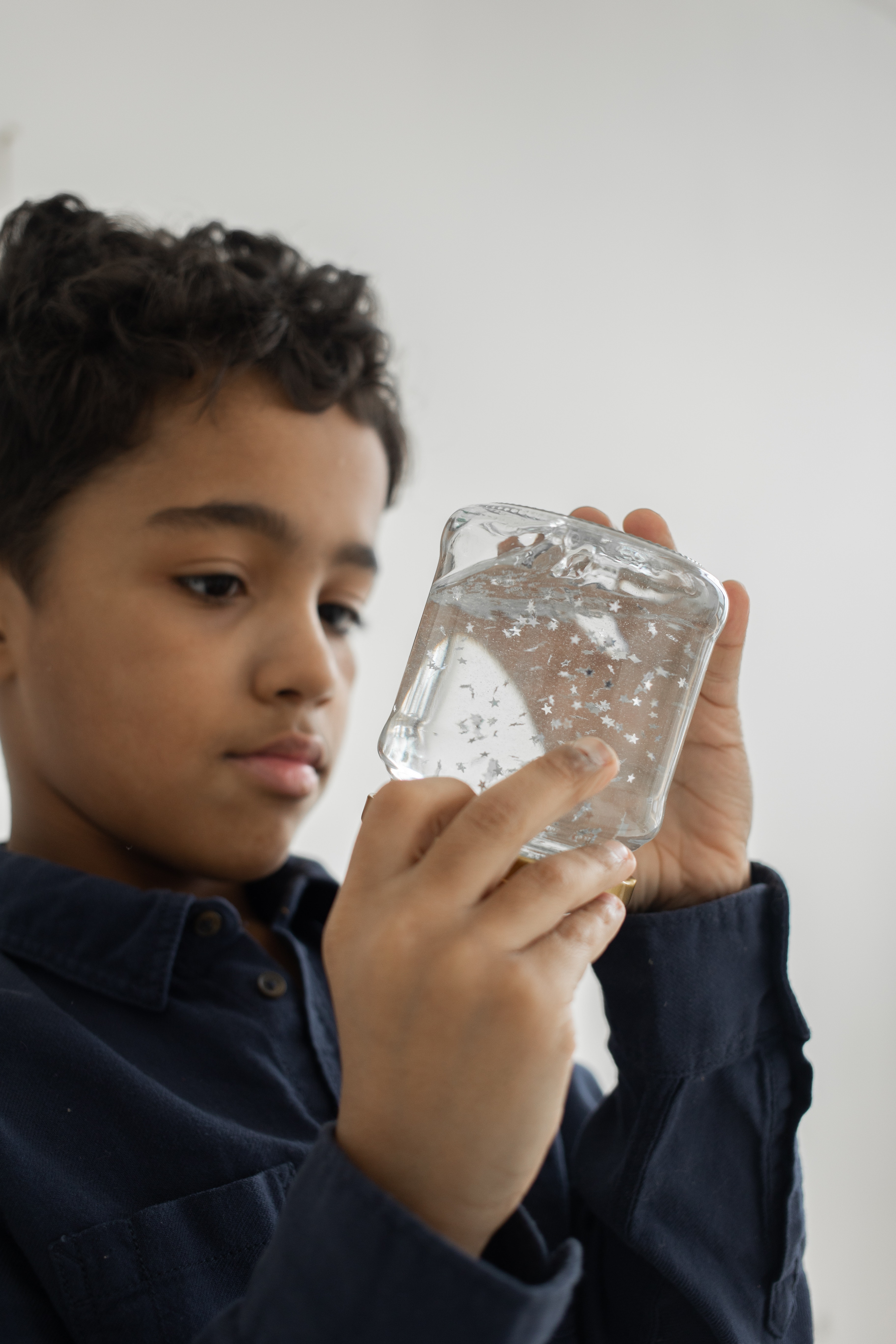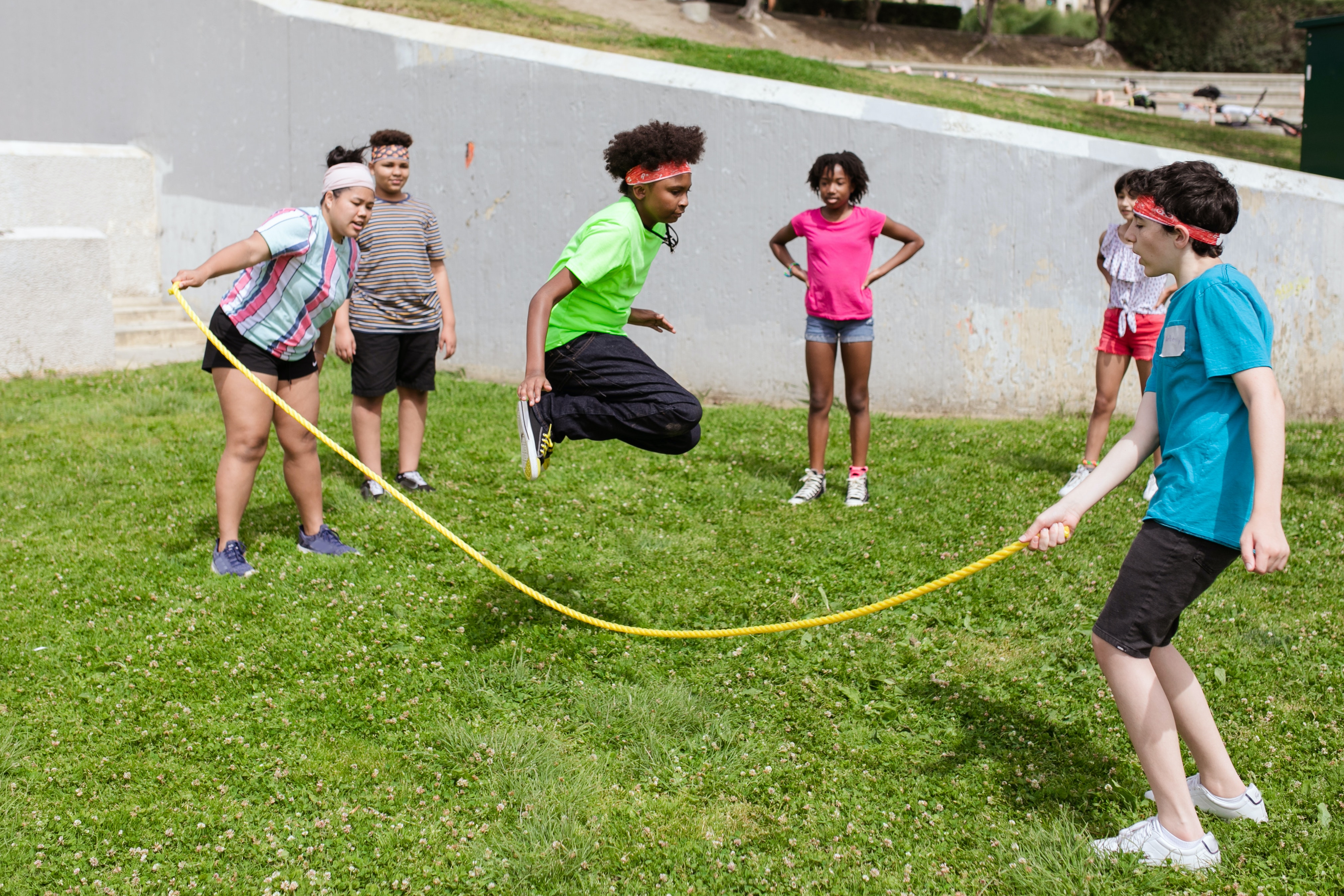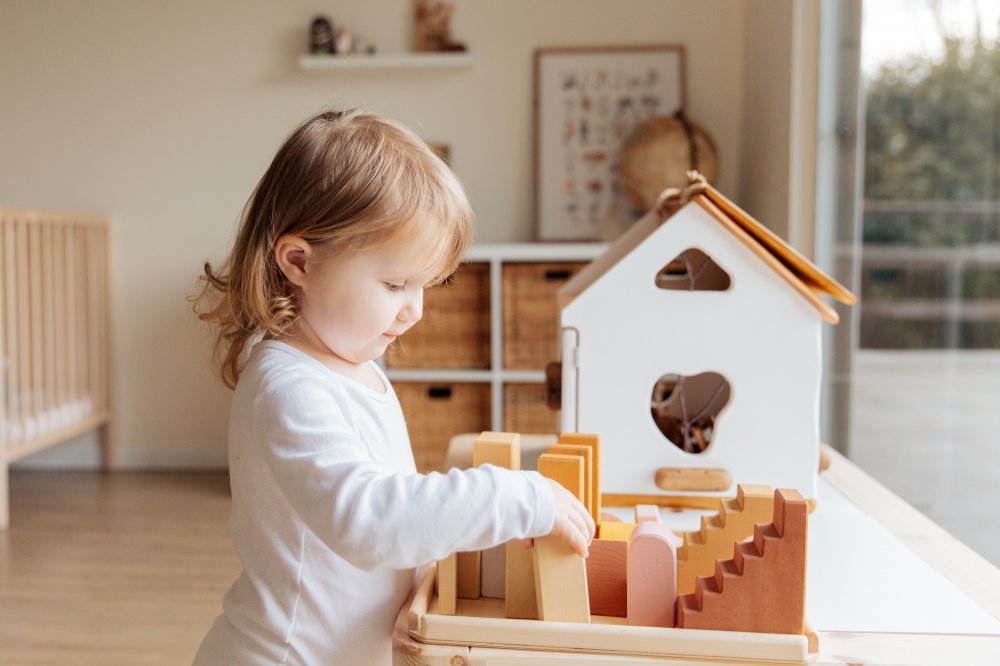Benefits of Sensory Activities for Children with Autism
Sensory activities are an excellent way to help children with autism in the classroom and at home. There are many different types of these activities that will help them long-term.
What are Sensory Activities?
Sensory activities are anything that stimulates the five senses: touch, smell, taste, sight, and hearing. These also include anything that engages with the vestibular and proprioception systems involving balance and movement. With how beneficial these activities are, it’s essential to understand what they are and how they work.
The vestibular and proprioception systems are frequently overlooked. The vestibular system is related to the inner ear and helps us maintain balance. The proprioception system involves the awareness of one’s body and helps us understand where each body part is relative to the others. It also helps us know the force needed when moving objects around. The five senses, touch, smell, taste, sight, and hearing, are also important to stimulate. These senses can become overwhelming to children with autism if they are not taught how to process them properly.
Benefits of Sensory Activities
Children with autism typically struggle to process sensory information, which can be overwhelming and cause extreme sensitivity.Focusing on this stimulation can create pathways in the brain that will help them complete tasks. It is vital to use sensory activities early in a child’s life to develop their brain Stimulating the different senses can help children develop language and motor skills.
With sensory activities, children develop language and social skills naturally. They are given the ability to learn through experience in these environments. This helps them understand the ways to communicate their emotions, wants, and needs. Instead of being overwhelmed in situations and shutting down, they can articulate what is going on. They will be able to learn how to describe what it is they are feeling and how to make the situation better.
These activities also help fine-tune motor skills in children with autism. Something that might come easy to some, like tying their shoe, needs a lot of practice from others to get those smaller muscle groups moving and coordinating. Creating these different paths in the brain help improve daily tasks and motor skills. It is also essential to work the large muscles in the body. Walking could be challenging for some, so it is important to let them practice as much as possible to build those muscles and coordination skills.
Different Types of Sensory Activities
There are many different activities that you can do to stimulate multiple senses at once. We have created a list of various activities with which senses they invoke.
Activity: Making Slime
Stimulated Senses: Touch, Smell, Sound, Sight and Proprioception System
Why:
- Brightly colored slimes with different smells can add stimulants for the brain to digest.
- The different textures create a variety of sounds providing more information for the brain to interpret.
- Playing with slime helps the proprioception system since it involves hand movements.
- Pulling the slime can help the child understand the grip needed to pick it up and the amount of stretch required between the hands.
Tips:
- To add another layer to touch, try putting the slime in the fridge to give it a nice cool feeling along with the different textures.

Activity: Taste Test Challenge
Stimulated Senses: Taste, Smell
Directions:
- Blindfold the child and offer them different foods they enjoy.
- After they taste each, have them guess which of their favorite foods they have eaten.
Why:
- Sight muted allows the other senses to pick up on things they might otherwise ignore.
- Gets the brain firing to identify which food item they are eating.
Tips:
- Do not spring random foods on them and only use foods they already enjoy.
Activity: Dancing
Stimulated Senses: Touch, Vestibular System, Proprioception System
Why:
- Gets the body moving and helps create links to where each body part is relative to the other.
- Stimulates the inner ear to help keep balance while moving around.
- Become more aware of the clothes brushing against their skin and the ground under their feet when dancing around.
Sensory Activities in the Classroom
Some activities are more appropriate for the classroom. Things that are less messy and can be performed as breaks between lessons are the best ways to reset the brain.
One of the most common sensory activities is simply jumping. This is a great way to release pent-up energy and stimulate someone’s sense of movement. This technique mainly helps the vestibular and proprioception systems since it activates both areas. You can incorporate many different things into jumping, such as a jump rope or exercise ball.

Another technique would be noise-canceling headphones. Sometimes it can become overwhelming when many different sounds are happening at once. Wearing noise-canceling headphones can help decrease this stimulant and bring more focus to the other senses. The other students can become overwhelming in a classroom, so it’s important to understand when things become too much.
One last activity would be a sensory path. This is a wonderful way to exercise both the brain and body. This activity involves a series of guided movements for the child to follow on the ground. The activities are meant to engage different parts of the brain and body. Some examples of activities could be jumping like a kangaroo, spinning around, or crab walking.
How ECCM Can Help
ECCM can contact you with a specialist for your child. These specialists can help determine the best sensory activities that will be the most appropriate for your child. Some activities could be overwhelming depending on your child’s sensitivity, so monitoring their reactions is essential. Contact us today to find the perfect activities to help your child develop.

